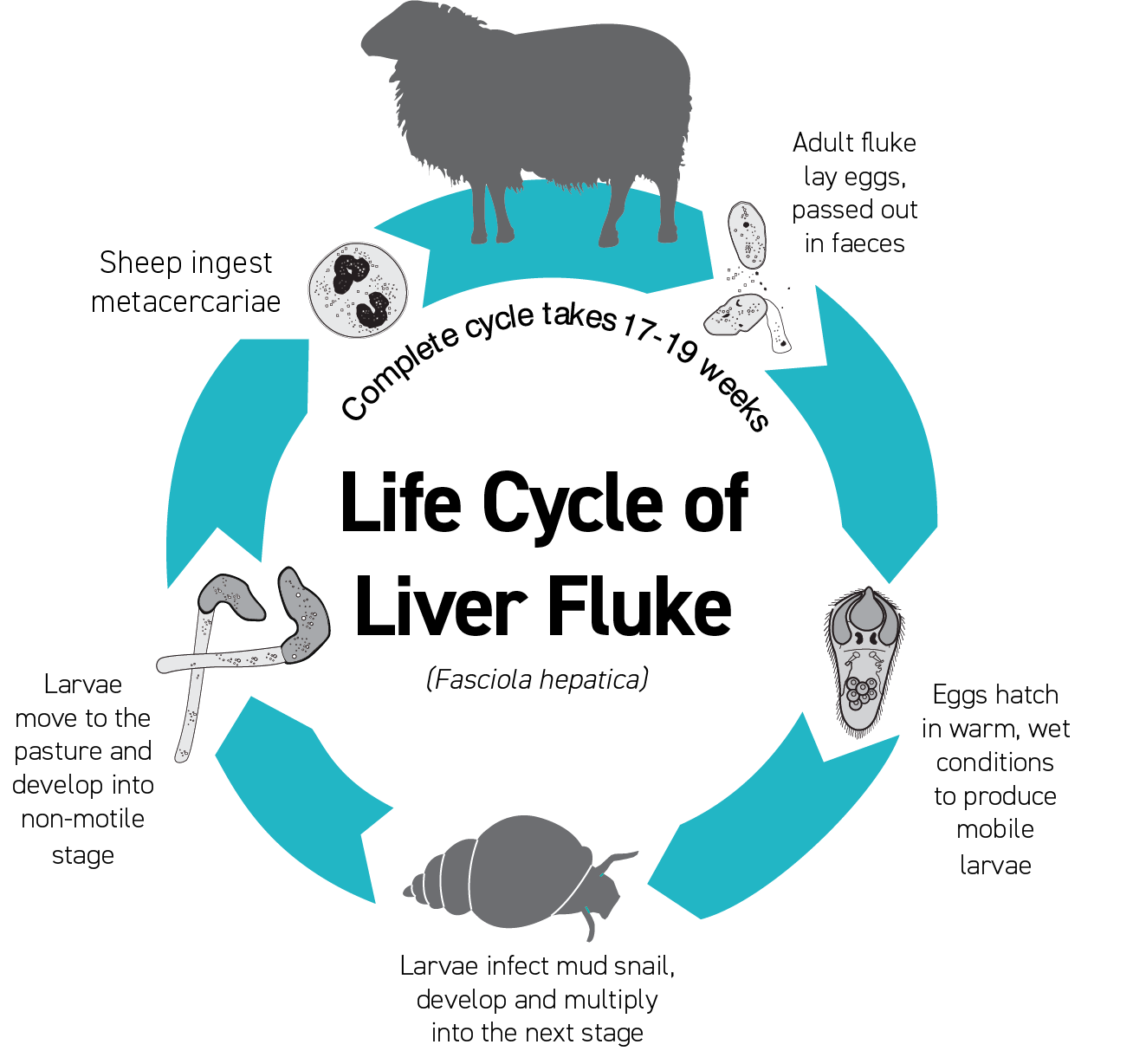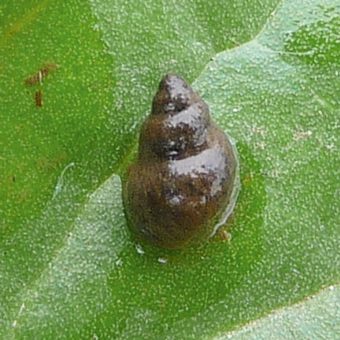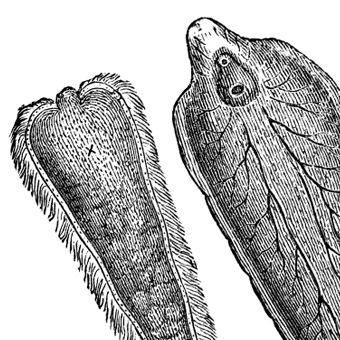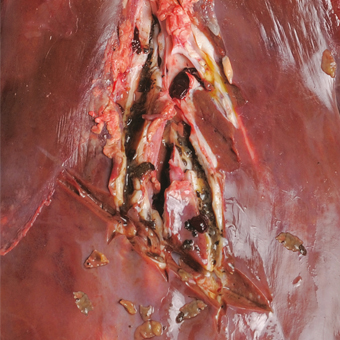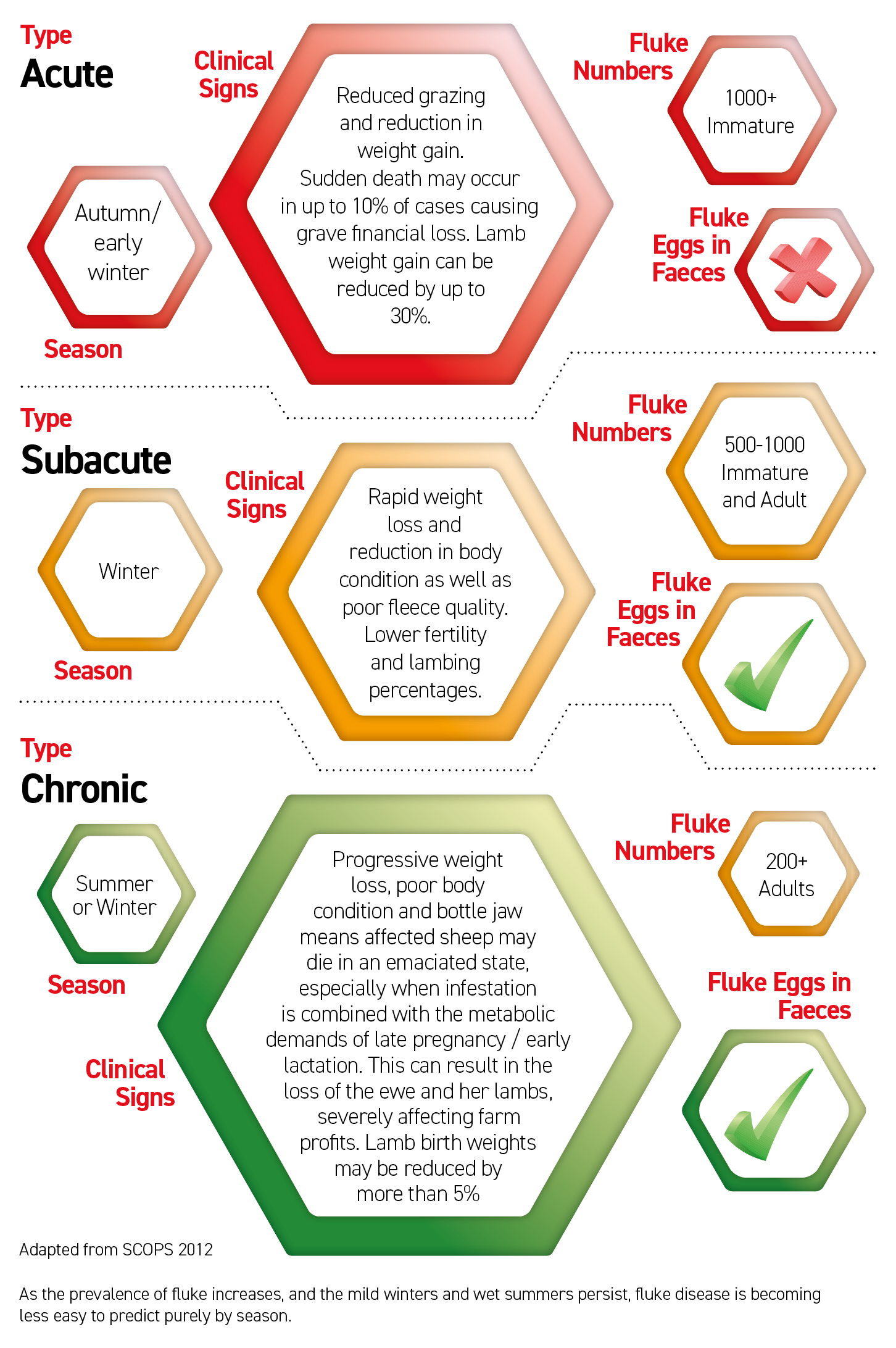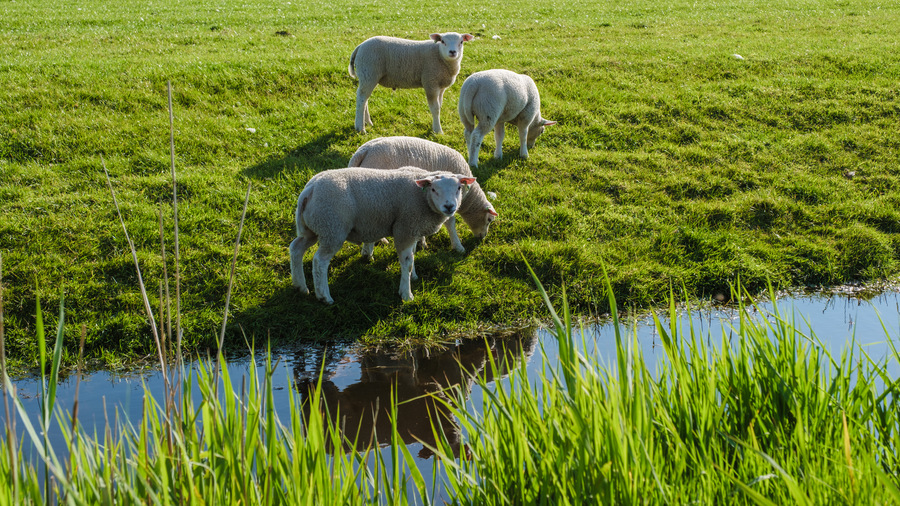
Liver Fluke in sheep
Liver fluke
Liver fluke disease or fasciolosis is caused by the trematode parasite, Fasciola hepatica. The same species affects both sheep and cattle. Liver fluke is influenced by climate and there has been an increased prevalence over the last 10 years due to wetter summers and milder, wetter winters.
Understanding liver fluke
Learn more about the parasite, its causes and treatment options.
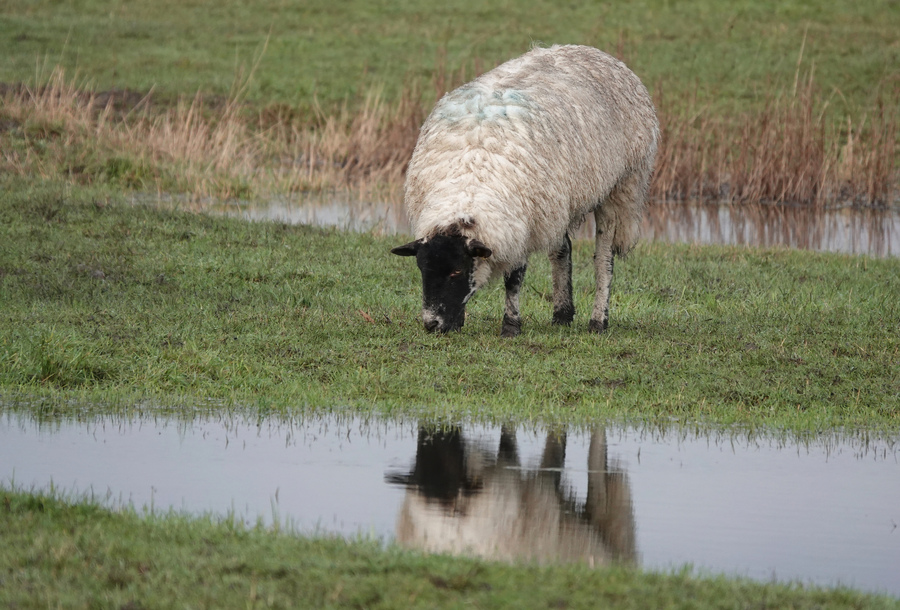
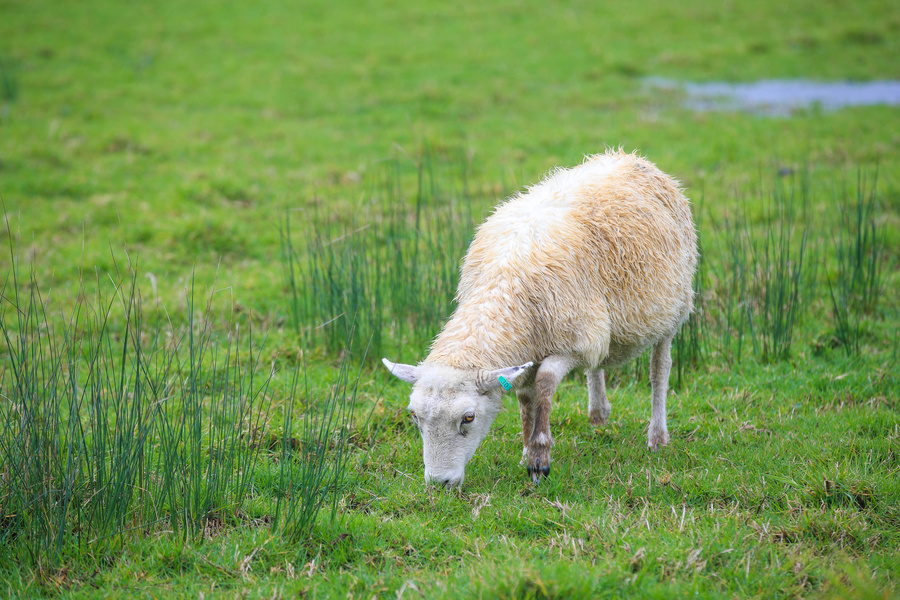
Interested in learning more?
Download our best practice guide to learn more about good management processes to treat and control liver fluke in sheep.





